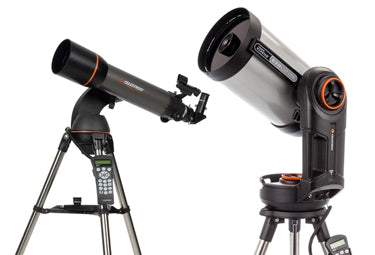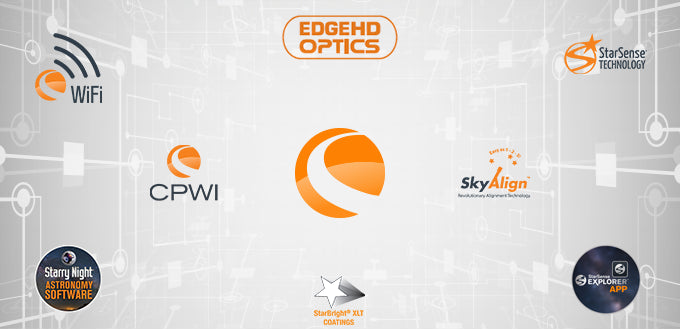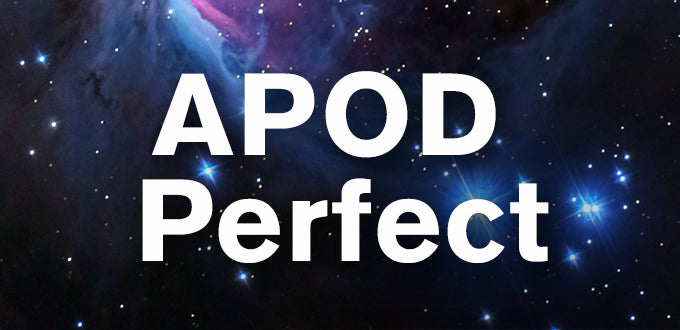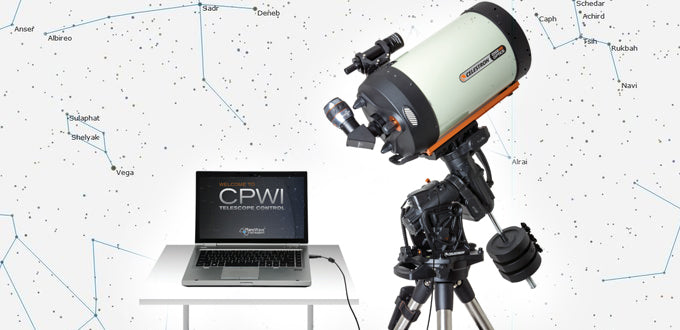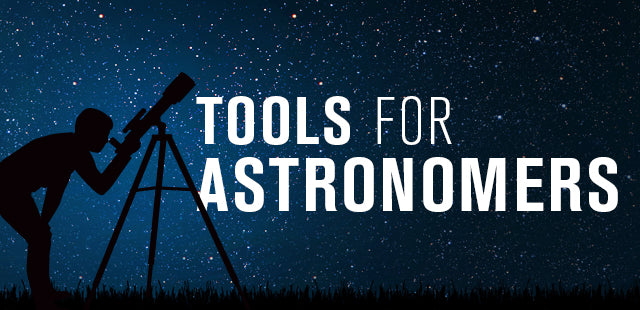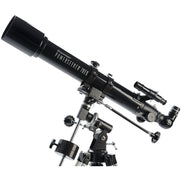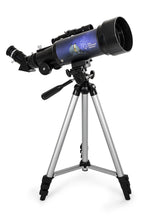Minor Planetary Parade and Mars Opposition
November 17, 2022
From November 26 through December 10, stargazers can observe a minor planetary parade with the Moon. What’s a planetary parade? It’s when a group of planets appear to “line up” across the night sky. During each night of the parade, the Moon will “march past” each planet in the formation. Planetary parades allow us to see the movement of the Moon and planets firsthand and better understand our place in the Solar System.
The objects involved in this parade are all big, bright, and easy to find in the sky—Jupiter, Mars, Saturn, and the Moon. You can see them all with your naked eye, but they look even better through your telescope or binoculars.
Check out our guides for more information about how to observe each object.
 |
 |
On December 1, Mars will be at its closest approach to Earth (also known as perigee), just 0.54 astronomical units from us. On December 8, Mars will reach Opposition, when the Red Planet will be fully illuminated and visible from sunset to sunrise. On this night, the Moon will be in its waxing crescent phase and 19.23% illuminated.
Want to capture your own image of the planetary parade? The best night to do so is November 26 when the Moon will be 8.3% illuminated.
We’ve put together this helpful chart showing key moments during the parade for each time zone in North America.
|
Events |
UTC |
HST (Hawaii |
PST (Pacific |
MST (Mountain |
CST (Central |
EST (Eastern |
|
Standard Time) |
Standard Time) |
Standard Time) |
Standard Time) |
Standard Time) |
||
|
|
11/27 |
11/26 |
11/26 |
11/26 |
11/26 |
11/26 |
|
Mars Close Approach |
02:11 2:11 am 12/1 |
16:11 4:11 pm 11/30 |
18:11 6:11 pm 11/30 |
19:11 7:11 pm 11/30 |
20:11 8:11 pm 11/30 |
21:11 9:11 pm 11/30 |
|
Mars Opposition |
05:35 5:35 am 12/8 |
19:35 7:35 pm 12/7 |
21:35 9:35 pm 12/7 |
22:35 10:35 pm 12/7 |
23:35 11:35 pm 12/7 |
00:35 12:35 am 12/8 |
For more information about UTC or to calculate times for different time zones not shown, refer to our UTC guide here. Clear skies and happy observing!
SHIPPING NEW

SHIPPING CLEARANCE

SHIPPING AWARD
WINNER

SHIPPING NEW

SHIPPING CLEARANCE

SHIPPING AWARD
WINNER

SHIPPING NEW

SHIPPING CLEARANCE





